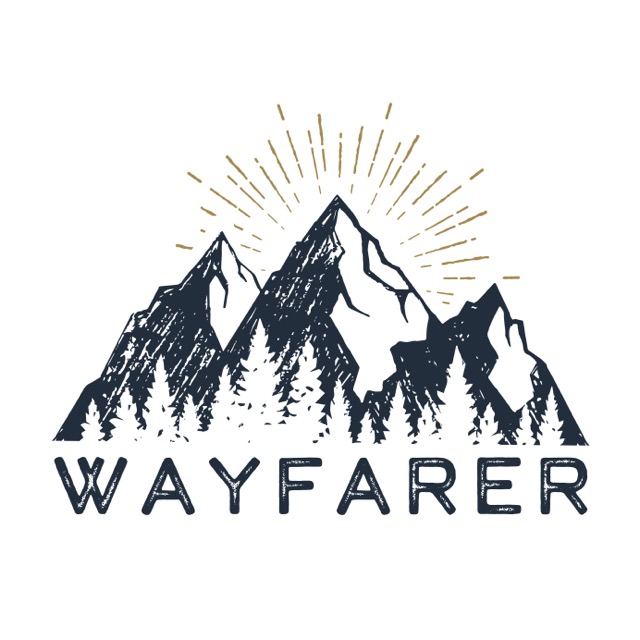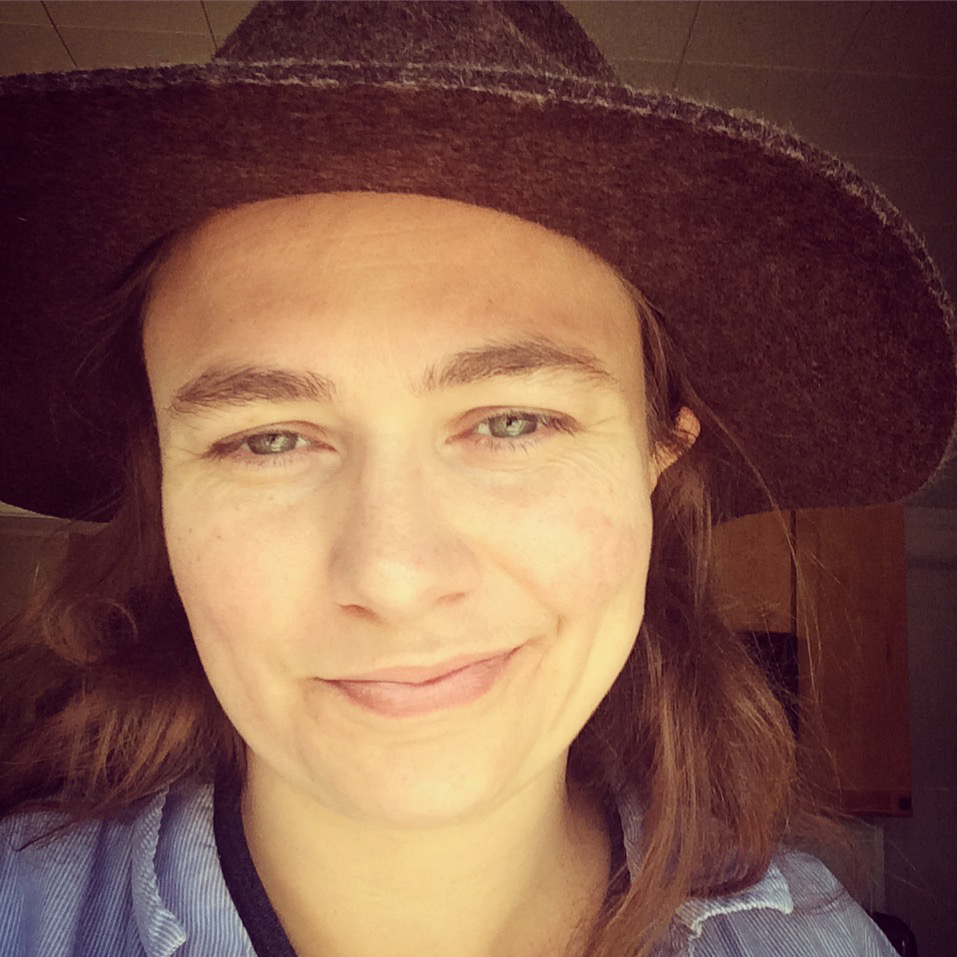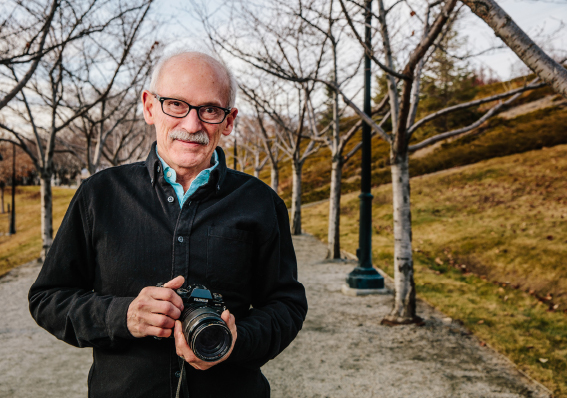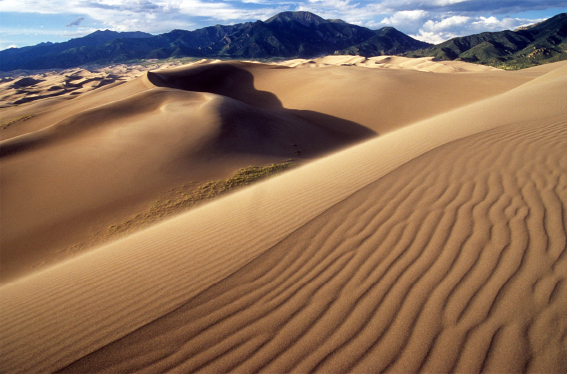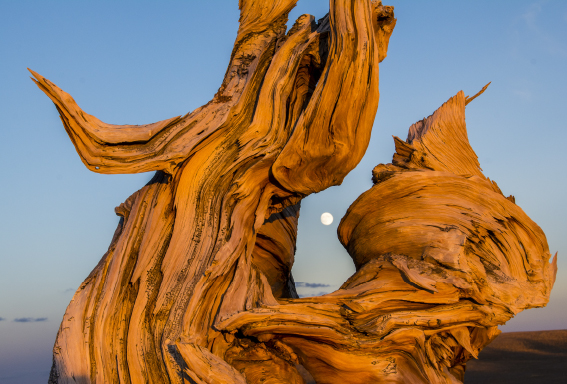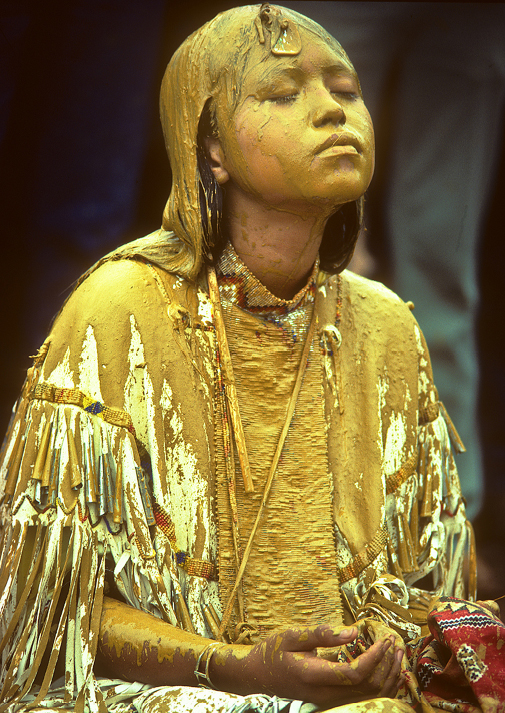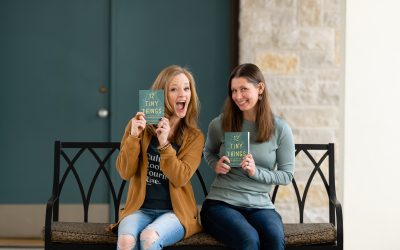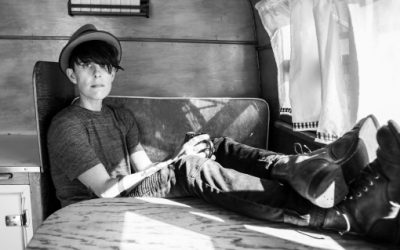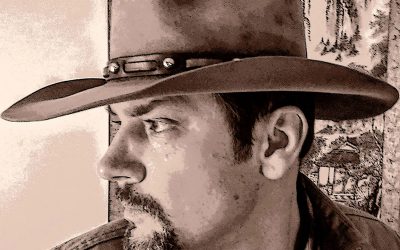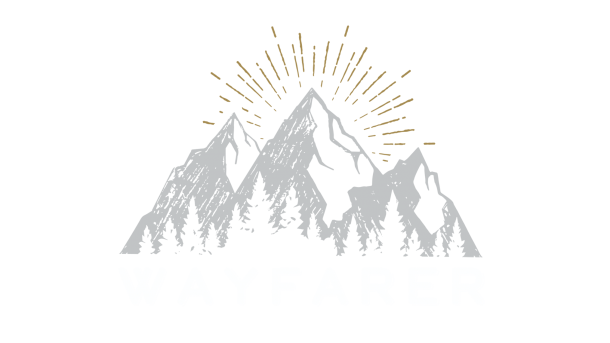From our Spring 2019 Edition | Visit our store to treat yourself to the full issue in either print or digital format. | Browse the Store›
The Wayfarer of our Spring 2019 Issue – All Photos courtesy of Stephen Trimble.
All Rights Reserved.
Stephen Trimble tells stories—in words and photographs—about the land and people of the West. Trimble has taught in the Honors College and Environmental Humanities program at the University of Utah and spent a year as a Wallace Stegner Centennial Fellow at the University of Utah’s Tanner Humanities Center. Steve was born in Denver, his family’s base for roaming the West with his geologist father. After a liberal arts education at Colorado College, he worked as a park ranger in Colorado and Utah, earned a master’s degree in ecology at the University of Arizona, served as director of the Museum of Northern Arizona Press, and for five years lived near San Ildefonso Pueblo in northern New Mexico. Steve often serves as a consultant and writer for the conservation community, including a year with The Nature Conservancy’s Colorado Plateau Conservation Initiative and a collaboration with the Southern Utah Wilderness Alliance as editor of a white paper to support the protection of Greater Canyonlands. In a landmark effort by writers hoping to sway public policy, Trimble co-compiled (with Terry Tempest Williams) the essay collection, Testimony: Writers of the West Speak on Behalf of Utah Wilderness. On March 27, 1996, Senator Russ Feingold (D-WI) read Trimble’s essay from Testimony on the floor of the United States Senate during his plea to protect Utah wilderness. Feingold concluded with, “That short piece of writing is so powerful…because it is a timeless statement about how people feel about natural places.”
Leslie: Welcome, Stephen. Thank you for making space to speak with me. If one steps back and looks at the breadth of your work thus far, the signature of your perspective would undoubtedly be rooted in the intersection of the landscape and cultural significance of the West. You speak from a place of authority on ecology and culture, yet all this must have begun with a pivotal moment or realization that made you fall in love with and find purpose in these subjects. Where did this journey into the wild begin for you?
Stephen: Whenever I trace my journey, I begin with my father. The pivotal event that propelled me on this course of engaging with the land wasn’t just a “moment” but the first seventeen years of my life.
My dad, Don Trimble, grew up in the West, in the lee of Mount Rainier in Washington’s Yakima Valley. He climbed the big Cascade volcanoes as a Boy Scout outfitted with hobnail boots and a Trapper Nelson wood-framed pack. He chose his profession—field geologist with the US Geological Survey—so he could spend time outside.
Each summer, my dad, my mom, and I would leave our home in Denver and head west for my father’s field season. We rented homes in whatever Oregon or Idaho town lay closest to the quadrangle Dad was mapping. And on these road trips, my father kept up a running commentary about what we saw out the window. The stories of Lewis and Clark and the Oregon Trail. The big-picture geography of the West. Maps—always—were guideposts to our experiences and understanding. I’ve called maps our family scripture, and it’s no exaggeration.
I grew up seeing the landscape as a place with endlessly rich content, a place to learn from, to revel in. How best to learn more? From books. For presents my father asked for Bernard DeVoto, A.B. Guthrie, David Lavender—the great writers and historians of the West. These books stayed in our home, and eventually I read them, too.
So I went off to college with a bedrock familiarity with the entire West. A checklist of national parks I’d visited. A list of unvisited parks I yearned to see. A sense that the mountain men and fur trappers had been here not so long before me. An assumption that road trips were the first choice whenever any free time came along. And a course at Colorado Outward Bound—my high school graduation present—that took me deep into the Snowmass Wilderness.
In my college years, I took all this prep and became an independent actor. Taking my father’s lead, I organized my little band of friends to venture out on trips and hikes and funky mountaineering efforts all over the West. These journeys led directly to my work as a writer and photographer.
Leslie: During those early phases wherein we are still trying to find our way and our purpose, many of us are fortunate enough to have a mentor who guides us in our convictions, be it a flesh-and-blood teacher by our side or one whose voice echoes down the ages in art and literature. Who were your mentors?
Stephen: I’ve had extraordinary teachers, generous mentors, and pivotal models. A high school English teacher who insisted we turn loose our imaginations. A Bureau of Land Management biologist who was the first true editor I encountered, the first reader to rip to shreds my wordy and passive writing and ask me to reconstruct my paragraphs with action, concision, and clarity.
My ecology professor at Colorado College, Dick Beidleman, taught me to pay attention. And this, as Mary Oliver said in her beautifully concise way, is the key to good work. This, from Oliver’s “Sometimes”:
“Instructions for living a life:
Pay attention.
Be astonished.
Tell about it.”
The great nature writer Ann Zwinger was the first writer I met on equal ground. I was a junior in college and had published only a couple of mini-essays, but Ann—a generation older than me—treated me as her peer. We remained friends for the rest of her life. In my thirties, I was privileged to spend some time with Barry Lopez, who encouraged me to take myself more seriously as a writer.
Like all of us who do creative work, I’ve had more distant mentors. I’m in awe of those writers who consistently combine impeccable research, self-deprecatory humor, and glorious and exuberant language. Ellen Meloy and Annie Dillard come to mind.
Ed Abbey and Wallace Stegner educated and inspired me through their books. I read Desert Solitaire in college just a couple of years after the book was published, and two years later I was a park ranger myself at Arches National Park. I read Stegner’s Beyond the Hundredth Meridian while continuing to work as a ranger on the Colorado Plateau in my twenties and had pretty much the same reaction described by Bruce Babbitt when he read Stegner’s wise meditation on John Wesley Powell and the core truths of the West:
“…it was as though someone had thrown a rock through the window. Stegner showed us the limitations of aridity and the need for human institutions to respond in a cooperative way. He provided me in that moment with a way of thinking about the American West, the importance of finding true partnership between human beings and the land.”
I also need to acknowledge the dozens of Native people I’ve interviewed for my projects in Southwest Indian Country, beginning in 1984, when I worked on a slide show and book about contemporary Native people (Our Voices, Our Land) for The Heard Museum in Phoenix. I’ve had the honor of listening to members of 50 Native nations in the Southwest over many years. They taught me about belonging to the land—our home—and added a spiritual dimension to my relationship with this home landscape.
Leslie: Evoking an appreciation for the natural world not only in your written works but your photography, you take us by the hand and lead us through a wild doorway of magical landscapes. How did you first find your way into photography and what are some of the images in your portfolio that stand out in your memory as life-changing moments?
Stephen: My dad gave me one of his old cameras when I was nine, and he critiqued my first efforts at snapshots. By the time I was in college, I photographed my travels, backpacking journeys, and mountain climbs—to make them real, to share my stories. I learned about design and light from poring over the work of the great photographers. Ernst Haas, in his 1971 book, The Creation, showed me how to graphically revel in emotion and color.
Eliot Porter’s and Philip Hyde’s photographs in the Sierra Club’s “battle books”—created by Sierra Club executive director David Brower in the 1960s and ‘70s to fight conservation battles—served as models forever after. Photos could change minds, inspire action, effect policy—and save wildlands.
And so I just keep striving to take better pictures.
Three images come to mind. . . .
1. I lived and worked at Colorado’s Great Sand Dunes National Park when I was 23. That year as a seasonal park ranger led to my first “book” (Great Sand Dunes: the shape of the wind, 1975—and still in print!). The assignment (from a trusting park superintendent) to create the park’s first 32-page general interpretive booklet challenged me for the first time to crisply capture the spirit of a place in words and photographs. I photographed intensely, wandering the park alone with my camera—paying attention. This opportunity—and this place—launched me into my lifework. I’ve returned to update the book over the years, and this picture comes from one of these more recent trips to the highest sand dunes in North America, rising below the 14,000-foot peaks of the Sangre de Cristo Range.
2. When a publisher friend asked me to photograph for the University of Nevada Press’s Great Basin Natural History Series and to write the introductory volume, I knew little about the Great Basin Desert. This new territory wasn’t a single national park but an immense bioregion stretching across the entire Intermountain West. Like so many of us, I’d driven I-80 and US Highway 50 across the roller-coaster of basins and ranges, but I hadn’t ventured beyond, into the backcountry. I began criss-crossing the Great Basin, learning this new place, and published The Sagebrush Ocean: A Natural History of the Great Basin in 1989.
I fell in love with the unvisited space and silence of the Great Basin, and I’ve now lived in this desert, in Salt Lake City, for more than thirty years. Fieldwork for the book took me to remarkable places, and I’ve returned many times with my family. This photo of an autumn super-moon rising through an ancient Great Basin bristlecone pine snag at sunset comes from one of these power spots, The Table, high on Mount Moriah in Nevada’s Snake Range. I still feel like the Great Basin is my private playground.
3. Lastly, this photograph of Jeannette Larzelere at the climax of her Apache girl’s coming-of-age ceremony. I’ve often described this as the best photograph I’ve taken. I was photographing for The Heard Museum project in 1984 (mentioned above) when I spent four days watching as the entire village of Whiteriver, Arizona, surrounded Jeannette with respect and love, dancing her into adulthood.
I have never seen anything more moving.
This picture captures what well may be the most important, most sacred event in this girl’s life. On the last day of the ceremony, a young man dips an eagle feather and a spray of sage in a basket filled with clay dissolved in water. He covers the kneeling initiate with this earth paint, to give her the power of the earth, to keep her strong through a long life. With this clay, she acquires the power of Changing Woman, the great Apache heroine.
An entire Apache village gave unspoken permission for me to photograph this intimate moment. In exchange for this honor, I bear the responsibility of an ally.
We non-Native people romanticize Indigenous people while racism continues. We freeze them in 1880, a “vanishing people” with a “lost” culture. But of course Native people are just that—people, with an enduring and vital identity. And every missing act of empathy costs all of us, both Native and non-Native. Everyone loses out on mutual understanding, resonance, connection, respect.
Several weeks after the ceremony, I saw Jeannette Larzelere walking in jeans and a t-shirt at the White Mountain Apache Tribal Fair. She still looked transfigured. I’m sure she retains a little of that strength today, all these years later. She will need it.
Leslie: Your support on behalf of the landscape is one that is deeply connected to your home region of Utah. In December of 2016, President Obama declared 1.35-million-acres in southeast Utah Bears Ears National Monument. From the nationally-acclaimed soapbox of the Los Angeles Times editorial page, you had the chance to thank President Obama for his actions. In the wake of the 2016 election, you’ve had to move from celebration to defense as the Trump administration’s merciless move against the public lands and environmental protections. Taking central focus on Obama’s provisions, Trump signed an executive order gutting both Bears Ears and Grand Staircase-Escalante. You’ve been on the frontlines of the battle for Bears Ears, tell us about your actions and give us insight into the cross-section of issues at the heart of this matter (i.e.: racism, the perspectives of the Native American tribes, politics, corporate interests).
Stephen: At the beginning of 2016, a whirlwind of threats to public lands surfaced in western wildlands. In response, the Salt Lake City writing community began to meet—all of us ready to leap into the long tradition of writing in support of conservation.
We had one remarkable campaign to support, the unparalleled Bears Ears Inter-Tribal Coalition proposal. Five Southwestern Native nations had asked President Obama to proclaim a national monument on 1.9 million acres in southeast Utah, to protect extraordinary sacred lands from archaeological vandalism and destructive energy development. The tribes asked for co-management of the Bears Ears, honoring traditional knowledge along with western science.
As writers, we asked: how can we effectively participate in these conversations, support the tribes, and affect these decisions with our essays and poems and stories?
Our concerned group of citizen-writers had a powerful model, a book that Terry Tempest Williams and I created at a similar moment of crisis in 1995, Testimony: Writers of the West Speak on Behalf of Utah Wilderness. And so, with this 2016 round of attacks on public lands—and the promise of the Bears Ears monument—the Utah writing community concluded that we needed a “Testimony II.”
Kirsten Johanna Allen, publisher of Utah’s nonprofit Torrey House Press, asked me to edit and made the commitment to publish a trade edition after initial distribution of a chapbook in the circles of power in Washington, D.C. With a bow toward the original Testimony, we called our chapbook of essays and poems Red Rock Testimony. We titled the expanded trade version Red Rock Stories.
We gathered a chorus of 35 writers whose lives span nine decades, a montage of poems and essays that includes Native and Hispanic voices, warnings from elders and challenges from millennials, personal emotional journeys, and lyrical nature writing. These pieces address historical context, natural history and archaeology, energy threats, faith, and politics. Together, they offer a nuanced case for restraint and respect in this incomparable redrock landscape.
In June 2016 Kirsten Allen and I took our cartons of books to Washington D.C. We distributed copies to decision makers—to staffers at all levels in the land management agencies, to the President’s Council on Environmental Quality, and to a few key members of Congress. Shortly afterward, we sent the book to every member of Congress with a rousing cover letter from Bruce Babbitt.
We hope the book reached the hands and hearts of the Secretary of the Interior Sally Jewell and of Barack Obama. We hope these words helped to inspire their decision to proclaim the innovative 1.35-million-acre Bears Ears National Monument during the president’s last month in office.
Of course President Obama’s visionary act of conservation had no time to mature before the current president eviscerated the new national monument with his own executive order, shrinking the boundaries of Bears Ears by 85 percent. A coalition of Native nations and conservationists has challenged his action in court.
The tribes show remarkable grace and patience as politicians act with ignorance and arrogance. As Trump barreled towards his disastrous proclamation, the Inter-Tribal Coalition explained the essence of the monument: “The Bears Ears region is not a series of isolated objects, but the object itself, a connected, living landscape, where the place, not a collection of items, must be protected.”
The first step toward redemption came with the election results of November 2018, when for the first time in history, two of the three commissioners in San Juan County, Utah (which encompasses Bears Ears) will be Diné, members of the Navajo Nation.
Donald Trump also attacked Grand Staircase-Escalante National Monument. Though this preserve has been around for a generation, the president catered to the angry anti-Federalist elected officials of Utah who dream of coalmine riches. Trump reduced the monument by half.
These days I’m devoting most of my conservation energy to defending Grand Staircase. I’m on the board of Grand Staircase-Escalante Partners, the lead plaintiff in the lawsuit to restore the monument. I’m cautiously hopeful we’ll prevail in the courts.
Acoma Pueblo poet (and contributor to Red Rock Stories) Simon Ortiz agrees, and reassures allies with these wise words:
“Our belief in our community—human, animal, plant, desert, mountain, stars above—will prevail and sustain us.
“Now we know what we must do, a line from a Pueblo song. The land shall endure. There will be victory. The land will go on. We shall have victory.”
Leslie: Your range of ability cannot be denied, your knowledge never seems stretched beyond its limit, whether you’re looking through the lens of a camera, penning op-eds, or crafting pieces on culture and landscape. It is easy to see why you were recently named one of Utah’s “15 Most Influential Artists” by Artists of Utah/15 Bytes Magazine; however, you’ve ventured inward into an even more personal space in the book project, Leave Me Alone Forever. The piece explores how mental illness has touched your family and ultimately takes a deeper dive into the woefully inadequate mental healthcare system. As an author of a radically authentic personal essay on a struggle with mental illness, I know the challenges of bringing such intimate details out into the world. Tell us a little of your family’s struggle with mental illness. What progression of events and realizations brought you into the mind-space of wanting to tell this story?
Stephen: My mother divorced an abusive first husband after a one-year mistake of a bad marriage at 20, in 1942. But when she moved on, her newborn son, Michael, came with her. Five years later she married my father, who adopted Mike. I came along when Mike was eight.
Sweet as a kid, Mike was diagnosed as “retarded,” the acceptable word in those days. But in 1957, rage and psychosis overwhelmed him and threatened our family. His new diagnosis: paranoid schizophrenia, capable of violence. Our parents had no choice but to seek Mike’s commitment to the Colorado State Hospital. I was six. Mike was 14. He never lived at home again.
Mike’s life mirrored the history of our treatment of mental illness in America in the second half of the twentieth century. He spent nine years in Colorado mental institutions. When he was mainstreamed back to Denver, he rejected our family. Ten years later, he died in 1976 in a Denver boarding home, and his body wasn’t discovered for three days. The Denver Post used his lonely death as a hook to expose these poorly managed warehouses for people with mental illness. This brutal publicity exponentially amplified my mother’s grief and guilt.
My mother saved the agonizing newspaper stories about his death in an envelope with old court documents, hospital records, and Mike’s letters. That file, along with an artifact or two and a scatter of photos in our family albums, was all that remained from my brother’s difficult life. Mom hated talking about Mike, whose story only brought her heartbreak. And I avoided any thoughts of Mike beyond the most superficial. “I had an older brother—a half-brother—who left home when I was six. He was diagnosed sequentially as retarded, schizophrenic, and epileptic. He died many years ago.”
I carried fear and shame about my brother, just as nationally we carry these same feelings of disgust and discomfort about mental illness—what one psychiatrist calls “primal fear.” Many years ago, when Mike rejected us, when he wrote to our mother, “leave me alone forever,” I felt relief.
I want to do better.
Mike, the defining tragedy of our mother’s life, has long been gone. My mother and father are gone. No one survives to tell me the stories I need to hear in order to resurrect the details of Mike’s life. But, as a starter, I have the “Mike File.”
It took me a year of distance from my father’s death to open the envelope. It feels incendiary. But, finally, I open the clasp and spill the contents onto my desk. For the first time, I’m ready to grapple with Mike’s life and death and to follow the story of our mother and her lost soul of a son into the shadows of America’s appalling response to mental illness, into the dark recesses of our family, and behind the doors I’ve barricaded in myself.
This time, when I look into my brother’s eyes, I will not look away. And so I’m working away on a book about Mike, honoring his life and striving for the empathy I was too young and unformed to feel when he was alive.
Leslie: As one who suffers under the labels of mental illness and has been confronted by the stigma’s around such struggles, I feel a swell of gratitude for what you’re doing. . . . A question we all seem to be asking ourselves in this age of crisis-fatigue and mounting urgency is: How do we keep fighting the good fight in the face of rising political pushback. How do you keep going after all these years of struggle and setback on behalf of the land?
Stephen: When Trump was elected, I asked myself the same question The Wayfarer asks in every issue: how do we create change? And in this moment, I figure my contribution is to write. Op-eds reach the most people—quickly, in real time, so different from working on books for years. That’s what I’ve concentrated on, along with the everyday actions of any engaged citizen, attending protests, calling members of congress, canvassing for good candidates. Taking action feels so much healthier than staying home and whining and wailing.
In between rallies and protests and hearings, I make time to walk in the sun, on the earth. The Bears Ears tribes speak often of healing, and we surely find this in our revisits to the wild and our revels in community.
Leslie: Finally, what’s next on the horizon with regard to your work?
Stephen: I worked on a novel for several years in the 1990s but didn’t have the chops to finish it. I am eager to go back and get it right.
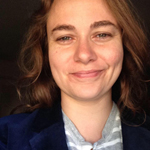
L.M. Browning
Editor-in-chief, The Wayfarer
L.M. Browning is the Founder of The Wayfarer Magazine, TEDx Talker, award-winning author of twelve books. Balancing her passion for writing with her love of learning, Browning sits on the Board of Directors for the Independent Book Publishers’ Association, she is a graduate of the University of London, and a Fellow with the International League of Conservation Writers. She is currently earning a degree in Creative Writing at Harvard University’s Extension School. Look for Leslie’s next book, To Lose the Madness: Field Notes on Trauma, Loss and Radical Authenticity. Visit her at www.lmbrowning.com
Related Articles
12 Tiny Things, Two Open Hearts
Meet 12 Tiny Things authors Heidi Barr & Ellie Roscher, interviewed by Wayfarer Editor Leslie M. Browning | From the Spring 2021 Issue
Our Angel of the Get Through | An Interview with Andrea Gibson
From our Autumn 2019 Edition | Visit our store to treat yourself to the full issue in either print or digital format. | Browse the Store› The Wayfarer of our Autumn 2019 Issue | Shop Now All Rights Reserved. Our Angel of the Get Through A Conversation...
East Meets Southwest | A Conversation with Poet Frank LaRue Owen
From our Spring 2019 Edition | Visit our store to treat yourself to the full issue in either print or digital format. | Browse the Store› The Wayfarer of our Spring 2019 Issue There are certain path crossings that stay with you as fated moments—certain...
Stay Up to Date With The Latest News & Updates
Subscribe
We offer our biannual issues in both print and digital editions.
Explore. Replenish. Inspire.
Join Our Newsletter
The Wayfarer posts new content weekly and releases two print issues a year on the first of Autumn and Spring, respectively. Sign up for our free monthly digest of the month’s most inspiring articles across nature, poetry, personal essay, and more as we continue on our mission to foster a community of contemplative voices and provide readers with resources and perspectives that support them in their own journey. Sign Up Below:
Follow Us
Join us in our digital communities.
learn more
Write Us
Get IN touch
(860).574.5847
The Wayfarer Magazine
PO Box 1442, Pawcatuck CT 06379-1442
With Basecamps in:
- Mystic, Connecticut
- Las Vegas, Nevada
- Cambridge, Massachusetts
